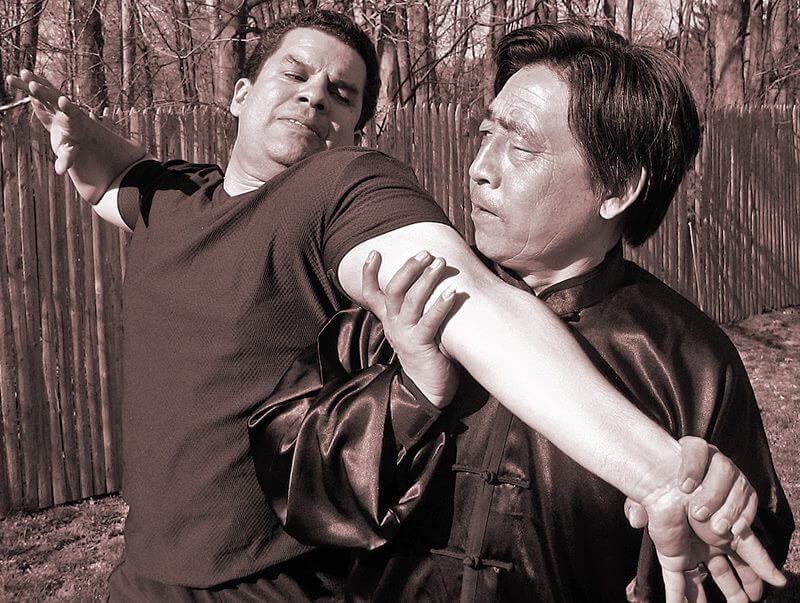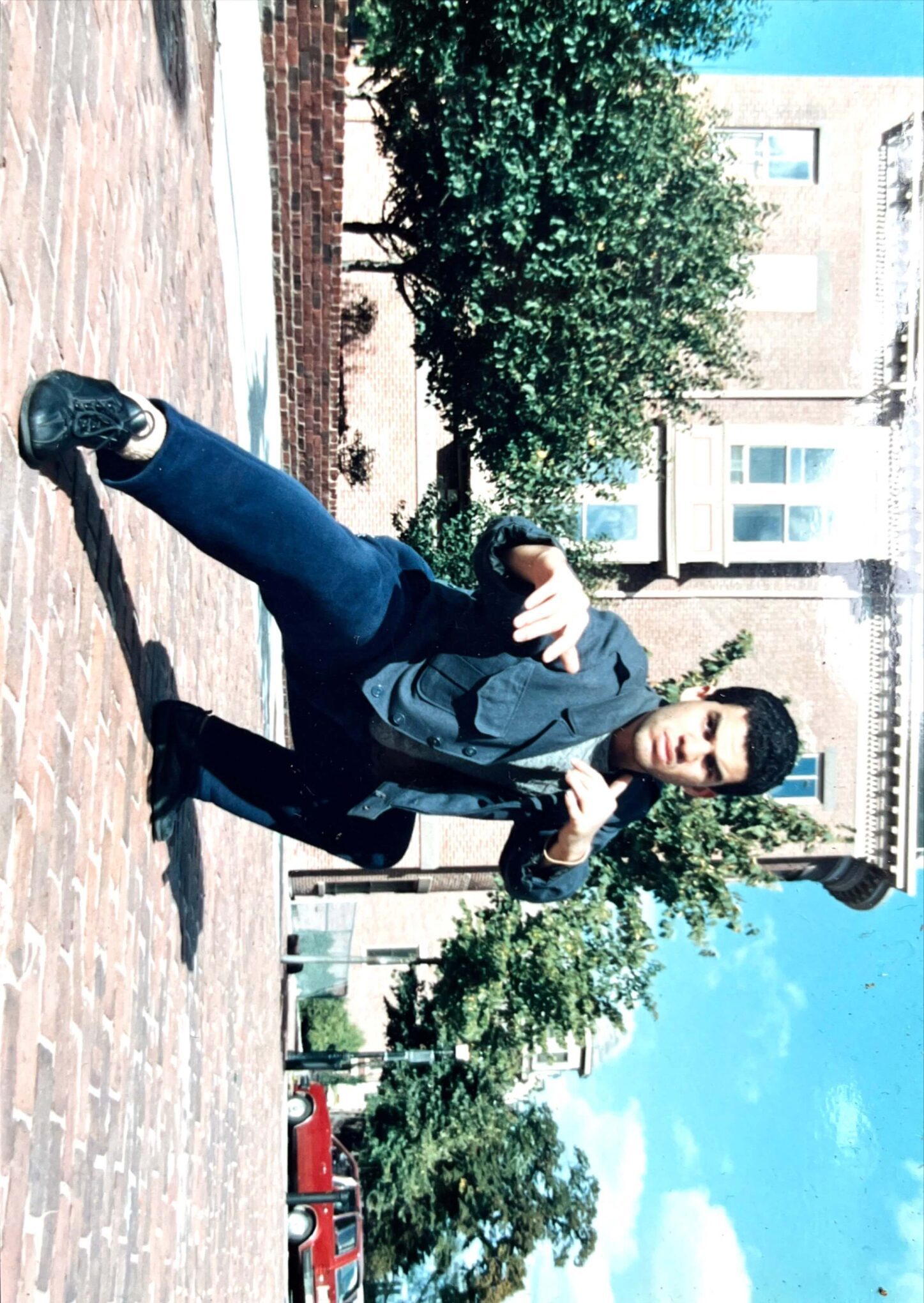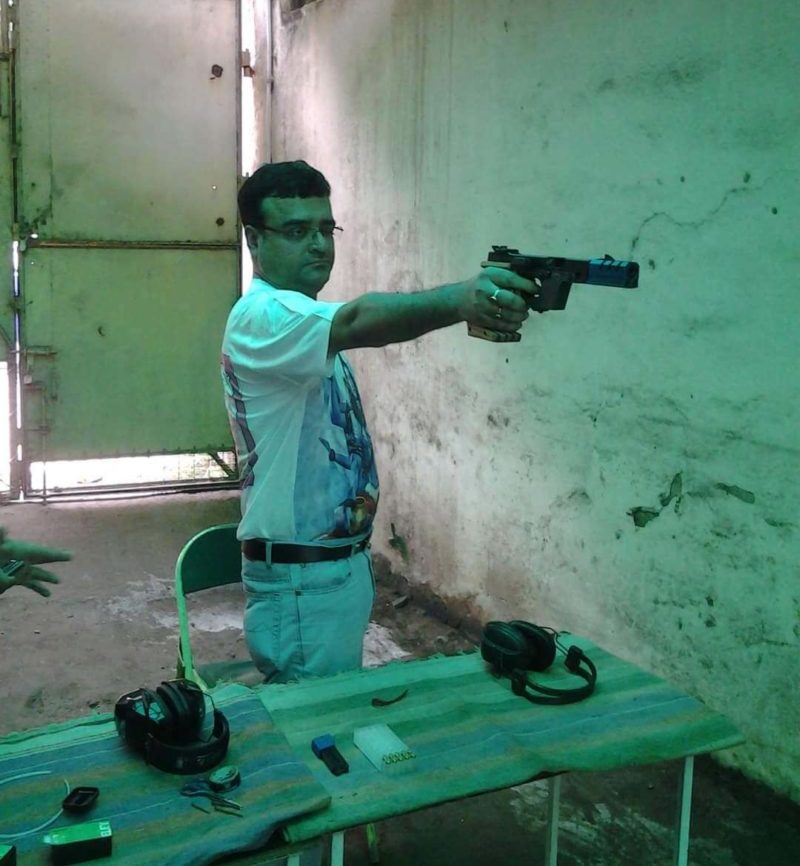The Indian Army mostly composed of the “maroon berets” or Paratroopers perform the operational role with the help of a large number of the aerial platforms like the transport planes, drones, gliders, helicopters and Para Jump Instructors (PJI’s) and Safety Equipment Workers (Riggers), mostly owned and operated by the Indian Air Force. Amongst other things, the latter goes further to provide the training in using the parachute, the allied weapons, and methods of delivery in peace and combat. Primarily, these resources are located and launched from the Paratroopers Training School, Agra or from classified forward destinations during times of war. The Parachute Basic Course followed by a Refresher Course, the Jump Master Course, Pathfinder Course, Parachute Conversion Course, and Combat Free-fall Basic & Advanced Course are some of the Training Courses imparted at PTS by the PJI’s. Fictionalising his experiences and retelling it in a mythological form, Sunil details about this extreme sport, in the weekly column, exclusively in Different Truths.
Dhritharastra tossed restlessly in his large four poster royal bed. The darkness frightened him for once. Nightmares about these new Akashi Baaz’s (Skyhawks) of the Kaliyuga troubled him no end. He sat up. Quite out of character, he knocked the silver glass of water by his bedside, when he reached out to soothe his ruffled nerves. Gandhari, his devoted, blindfolded wife woke up with a start to find her Swami mumbling incoherencies. Who are these ‘devas’ or ‘Vayuputras’ that I have not heard of? Where do they come from? Are they born of the womb of gods or the loins of the twice-born? Were they hiding during the ‘Samudra Manthan’ (churning of the ocean) and unseen drunk the magical potion of ‘Amruta’ of Sahasam, Kausalam, Balam (courage, strength and skill: the motto of PTS) to dare the gods of Mount Meru to fly and fight! Dhritharastra, with his boundless curiosity and excitable nature chided Sanjaya, as of habit only to find him not there. The King realised his condition and quickly covered himself to keep the chill of the early hours away, turned sides and went to sleep. Gandhari, the true companion, smiled and sighed as she inhaled the scent of jasmine wafting in through the large open rosewood windows. It was time to get up. The day was about to begin.
As was customary Sanjaya, cool and composed, waited on his master for the appointed hour by the river Sarayu. The king quickly described the travails of the previous night before he bade him to proceed. In a sure, measured voice the story teller continued from where he had left off earlier…. “Oh! My most munificent and merciful master. It is a tale that I had heard from my forefathers in disbelief many a times: of strange people. Sons of gods, they were! The village folk spoke in hushed tones seated with covered bark blankets across family fires on a cold wintry night. They wore no jewels and had no marks of the twice-blessed. Sinewy, supple and strong were they! Handsome in mien, but fearful and possessed. The pretty women of the Skyhawks a.k.a. Paratroopers Training School (PTS) never slept well as they forever had these men in their dreams. Dhritharastra, annoyed made a strange noise on hearing this and cautioned Sanjaya to get on with it and stop being flippant. The latter, a trifle embarrassed stuttered. This tribe of mortal men, warriors of the sky, of many castes in almost the same uniform, but different badges called funnily a ‘Squadron’ travelled many lands, mountains and rivers to make their homes.
Many ‘Vimanas’ and ‘vahanas’ did they mount in various formations of vic, arrowhead, box and line astern with many smoke trails and many ‘astras’, ‘vajras’ were used on their countless voyages, which the people down below waved at with awe and wonder. Sanjaya momentarily once again lagged into a time lapse to fondly recount how in earlier days they too had the heralds, pennants, flags, mascot’s horses, elephants and chariots accompanied with bugles, conch shells, drums, and cymbals, to define and distinguish their uniqueness and pedigree. He began to see how things were different and yet quite so similar.
Sanjaya recovered to narrate the many wars they had fought, of the lives lost, the memorials and awards and in passing to mention of the Airborne, Maroon Berets, Parachute Jump Instructors (PJI’s) and paratroopers (the Chatadhari Sainiks), Dhaka of Bangladesh, an aircraft called Packet and a great victory in the year of our Lord 1971. He also touched upon how these air warriors had crossed, in less than two decades later, the Ocean southwards much like Rama, into the Land of Ravana seeking not for a lost Sita but an elusive victory of an avoidable war.
Sanjaya the clairvoyant knew that it was too early to tell it all. He was only stoking the fires of curiosity of the master to playfully trouble him with many questions that may riddle his mind later. Sanjaya however little did he know that Dhritharastra, his head bowed, deep in thought was busy battling more serious questions on the genesis, birth, and development of fearsome aerial warfare and its subsequent links to the creation of Sport Parachuting. He chuckled to himself remembering the midwife to Gandhari telling him once how evil and good could both be sired from the same seed. His mind too, could not resist but reflect and remember with great pride the many intercontinental wars, multiple victories,, the audacious imprint of his burgeoning Empire after the success of the Ashwamedha Yagya, strategic skills and sagacity of the blessed mentor Bheeshma, the maniacal ferocity and dare-devilry of his eldest son Duryodhana, the utterly selfless and sacrificing Karna, and the tutelage of Guru Drona.
The pausing and sensitive seeking of his master’s attention Sanjaya, like a trained masseur of the mind stroked and sought permission to continue. This was immediately granted. Dhritarashtra had noticed the sun had moved up unnoticed from the eastern horizon and was reaching its zenith. He adjusted his position under the huge and shady banyan tree to continue hearing the tale of the Vayuputras (aviators) and the Skyhawks. After all, this was a new kind of war. Times were changing. The Master, child-like wondered. Not all was a fable, then. No, folklore either! Dhritharastra suddenly felt uneasy at this thought and shifted a little in his seat. Not one to miss the plot he asked with an uncharacteristic haste, “What is this ‘airborne’ all about? Who are they and what do they do or are expected to? And how does the Paratroopers Training School with the Devaputras and Parachute Jump Instructors facilitate the Vidya, Vahan with astra from Akash for the Maroon Berets ?And imagine being called Shatrujeet!
and sought permission to continue. This was immediately granted. Dhritarashtra had noticed the sun had moved up unnoticed from the eastern horizon and was reaching its zenith. He adjusted his position under the huge and shady banyan tree to continue hearing the tale of the Vayuputras (aviators) and the Skyhawks. After all, this was a new kind of war. Times were changing. The Master, child-like wondered. Not all was a fable, then. No, folklore either! Dhritharastra suddenly felt uneasy at this thought and shifted a little in his seat. Not one to miss the plot he asked with an uncharacteristic haste, “What is this ‘airborne’ all about? Who are they and what do they do or are expected to? And how does the Paratroopers Training School with the Devaputras and Parachute Jump Instructors facilitate the Vidya, Vahan with astra from Akash for the Maroon Berets ?And imagine being called Shatrujeet!
Hearing this Sanjaya explained the rudiments. He said, “Airborne forces can be divided into three categories: Paratrooper: soldier landed by parachute from aircraft; Air landing troops: landed by aircraft (usually glider); Air assault: troops or air mobile infantry — transported to the battle by helicopter or by aircraft.”
“The basic premise of the Airborne,” he elaborated further is that, “they can arrive with such speed that a coherent defense cannot be mounted quickly. It is assumed that this tactical advantage cannot be sustained for very long, so paratroopers must either use the supplies of the enemy, be continuously re-supplied by air or wait to be relieved by ground troops. Though Airborne troops are usually defenseless in transit, their sudden appearance can surprise or ‘shock’ defending forces for a short time.”
The Indian Army mostly composed of the “maroon berets” or Paratroopers perform this operational role with the help of a large number of the aerial platforms like the transport planes, drones, gliders, helicopters and Para Jump Instructors (PJI’s) and Safety Equipment Workers (Riggers), mostly owned and operated by the Indian Air Force. Amongst other things, the latter goes further to provide the training in using the parachute, the allied weapons, and methods of delivery in peace and combat. Primarily, these resources are located and launched from the Paratroopers Training School, Agra or from classified forward destinations during times of war.
The Parachute Basic Course followed by a Refresher Course, the Jump Master Course, Pathfinder Course, Parachute Conversion Course, and Combat Free-fall Basic & Advanced Course are some of the  Training Courses imparted at PTS by the PJI’s. This broad structure is a legacy of the British colonial past and the Indian Armed Forces in its wisdom have chosen to continue with it while the American, Russian and Chinese forces make do with a different configuration of command, control, and resources involved. Notwithstanding, the hitherto exclusivity or role-compartmentalisation of the three services (Army, Navy, and Air Force) has, however, over the years been balanced out by a competing sense of inter-service coordination, interoperability, and interdependence.
Training Courses imparted at PTS by the PJI’s. This broad structure is a legacy of the British colonial past and the Indian Armed Forces in its wisdom have chosen to continue with it while the American, Russian and Chinese forces make do with a different configuration of command, control, and resources involved. Notwithstanding, the hitherto exclusivity or role-compartmentalisation of the three services (Army, Navy, and Air Force) has, however, over the years been balanced out by a competing sense of inter-service coordination, interoperability, and interdependence.
Dhritharastra with his selfishly sharp intellect quickly computed and compared the details in context to his own time and asked Sanjaya to move on. The technology had changed. So had the metal alloys, design and wartime ordinance. But they were slower and cruder. The scions of Kaliyuga had still to graduate to the kinetics of shape shifting, thought control, instant mind travel and the secrets of immortality among other things. The “Vayuputras” were “Devaputras” (aviators) of a different time zone he wisely resolved.
“And what of these Para Jump Instructors, then?” Dhritharastra inquired. Sanjay reflexed and responded. “No, Devaputras, were they. But, mere mortals surely. Simple sons. Children of the common, Senanayaks (officers) and Nayaks (senior non-combatant officers) they were from the lower classes (non-technical stream), who had but aspired to grow wings and be respected as a Brahmin-like the Devaputras. The Vayu Yantras, the Akasha, Astra, and Yudha spurred within them some atavistic instinct for power, magic, and authority. They were brave, if not braver than most and were prepared to take their risks.” ‘Dhartiputra’ is how, Sanjaya correctly identified them as, mercifully through the mist and smoke of hyperbole, of the new world that he was so excitedly talking about.
©Sunil Kumar Banerjee
Pix from Net.






 By
By

